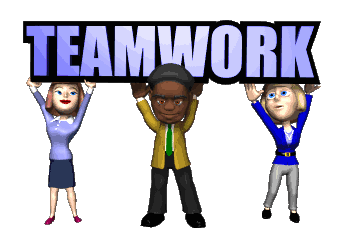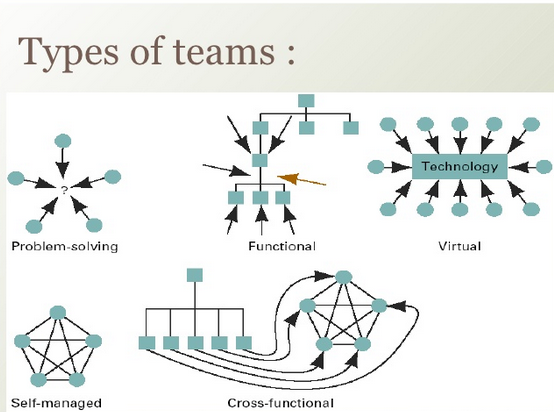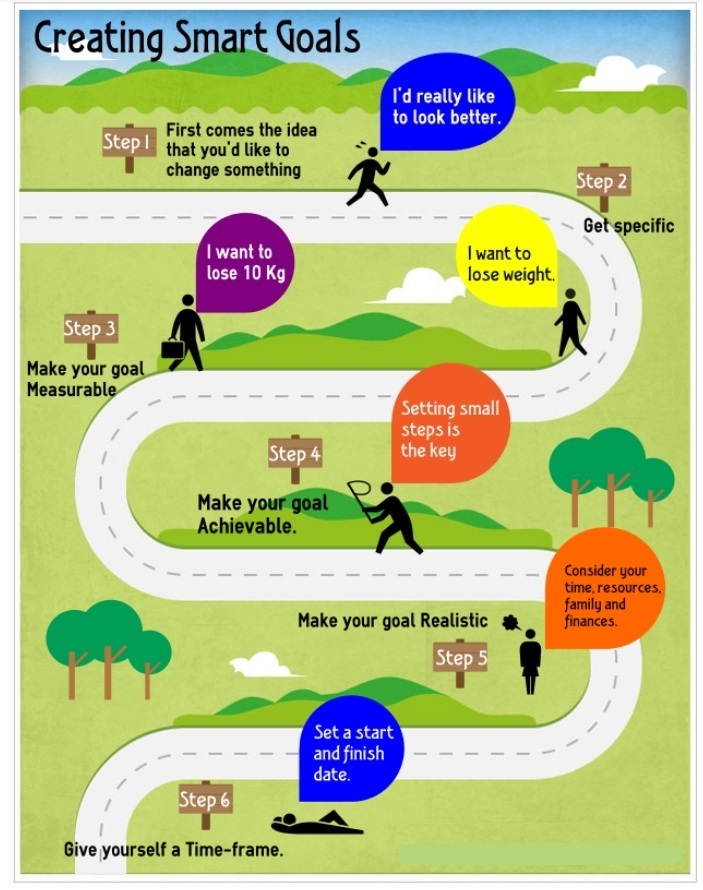The session on Teamwork started with a hitch .The three student from the class were asked to perform the activity of 3 idiots crossing the valley.Everyone in the class came up with an idea of implementing the activity same time with an amplification .The steps followed in activity are as follows:-
In the above figure the position and requirement of leadership may changes in 3 ways:-
- All the time one leader
- All the time all leader
- All the time sometime leader
27 Situation ------9 Position --------3 People
Observation:-
1. All three members have equal distribution of different kinds of situation :
- High Risk 01 times
- Half Risks 02 times
- Fully Safe 02 times
2. All three members have the same role in terms of effort and risk. Nobody was overloaded or relaxed.
3. Communication and feedback is essential while working in a team.
4. Every member is indispensable in completing the task.
5. There were equal instances when one needed each other.
6. The 9 position consist of 6 safe completely,2 half safe and 1 completely unsafe.
Structuring of team:-
- Role A = Role B = Role C : No differentiation what so ever is built in designing the team tasks
- All 3 members’ tasks were designed to be - Easy, Lighter, Clear and Systematic
- 3 team members are equally responsible in their contributions for the overall task completion
Psychologist Bruce Teckman came up with five key stages through which team moves. They are:-
Team Network:-
Learning:-
- Pro actively helping members in need.
- Properly communicating the work done to superiors.
- Pro actively using the teams strength for overcoming problems.
- Effective participation in meetings and team events .
- Work for common goal
- Accountability
- mutual respect
- Commitment
- Interdependence
- Trust
- Communication
As in this video team dynamics is exemplified:-
Improvement in Team Effectiveness:-
The teamwork is more about designing the work in such a way that there is need for teaming.
The final learning from the task is :-
"The 99% manager are made realistic by 1% you"





















.jpg)











